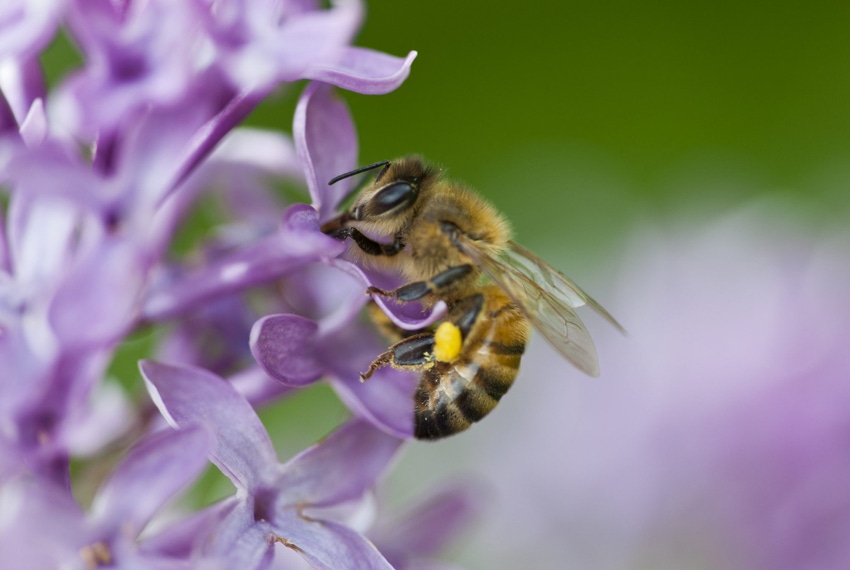The robotic device comes as part of Hiveopolis, an initiative to save bee colonies under threat

Without bees, our ecosystem as we know it would not exist. Yet honeybees and other pollinating insects are under threat from habitat loss, industrialized agricultural practices and pesticide exposure. Though these furry friends are small in size, their contribution to our world is huge, and researchers are attempting to come to their aid to protect their hives, and ensure their behavior can continue as uninterrupted as possible.
One such solution comes from the European Union-funded project Hiveopolis, an initiative set up to “create a modern society of honey bee colonies … fully adapted to present-day challenges.” The plan has several associated projects, including creating sustainable hives where researchers can monitor hive conditions and even robotically tend to the bees. Most recently, it has also seen the development of a robotic, dancing bee.
The robotic bee does not follow the form of a traditional honeybee, made up of a flexible tube and a motor that shimmies and rotates it across the hive to simulate what is known as a “waggle dance.”
To alert others to the presence and location of flowers, bees do what is called a “waggle dance,” with the movements relating to the distance of the pollen source. Tim Landgraf, a researcher from Freie Universität Berlin in Germany has been working on creating a robotic bee that can perform a similar function, leading bees in the direction of safe food sources and avoiding areas potentially made hazardous by pesticides or reserved for wild bees.
A prototype of the robotic model proved successful in convincing bees to fly to certain areas, though the team is still working on improving the method to ensure consistent and accurate results.
Through the use of in-hive cameras, the team can also determine if certain pollen sources are making the bees sick and adapt the waggle dance accordingly to direct them to safer areas.
Another project harnessing robots to improve hive health is one dubbed RoboRoyale, where robotic bees infiltrate the hive and influence the queen bee’s behavior to improve the overall health of the colony.
In all of this, the researchers are attempting to adapt hive behavior and health in the most minimally invasive way.
About the Author(s)
You May Also Like



.png?width=700&auto=webp&quality=80&disable=upscale)
.png?width=700&auto=webp&quality=80&disable=upscale)
.png?width=300&auto=webp&quality=80&disable=upscale)
.png?width=300&auto=webp&quality=80&disable=upscale)

